
Deutsch-Chinesische Enzyklopädie, 德汉百科
 Singapore
Singapore

 Azerbaijan
Azerbaijan
 Australia
Australia
 Bahrain
Bahrain
 Belgium
Belgium
 Brazil
Brazil
 China
China
 Germany
Germany
 Formel-1-Weltmeisterschaft 2017
Formel-1-Weltmeisterschaft 2017
 Formel-1-Weltmeisterschaft 2018
Formel-1-Weltmeisterschaft 2018
 France
France
 India
India
 Italy
Italy
 Japan
Japan
 Canada
Canada
 Mexico
Mexico
 Monaco
Monaco
 Austria
Austria
 Russia
Russia
 Switzerland
Switzerland
 Singapore
Singapore
 Spain
Spain

 Sport
Sport
 Hungary
Hungary
 United Arab Emirates
United Arab Emirates
 United States
United States
 United Kingdom
United Kingdom
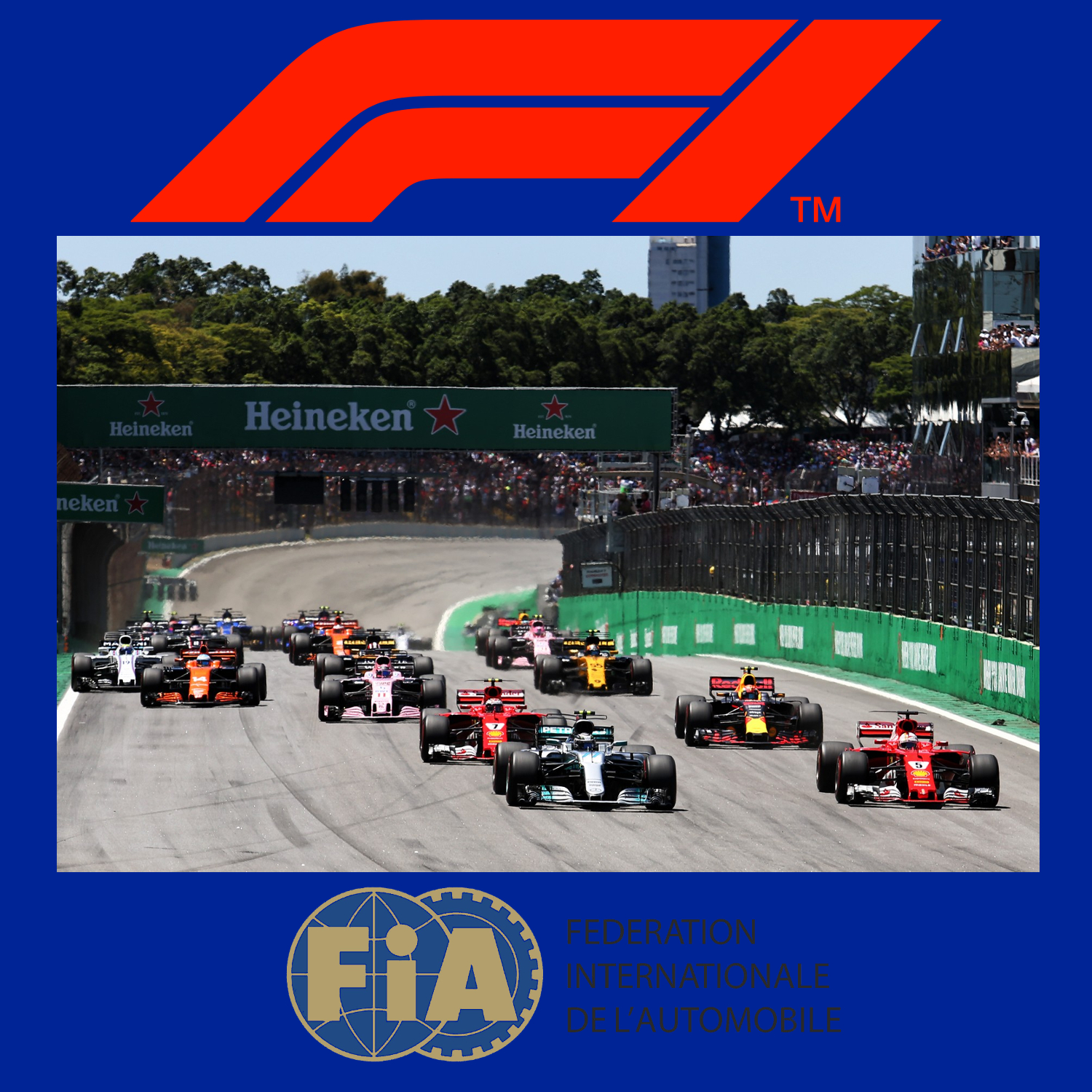
一级方程式赛车(英语:Formula One,也叫Formula 1或者F1)是由国际汽车联盟举办的最高等级的年度系列场地方程式赛车比赛,正式名称为“国际汽车联合会世界一级方程式锦标赛”。名称中“方程式”是指一组所有参赛车辆都必须遵守的规则[1]。F1赛季包括一系列的比赛,而这些所谓的“大奖赛”(Grand Prix,出自法语,本意Great Prizes)的场地是全封闭的专门赛道或者是临时封闭的普通公路。每场比赛的结果算入积分系统并以此确定两个年度世界冠军:一个给车手和另一个给制造商。F1的车手、制造商、组织者以及赛道都必须持有FIA超级驾驶执照,这是国际汽联颁发的最高级别执照。
一级方程式赛车通过产生大量的空气动力学下压力达到非常高的过弯速度,是风靡全球的赛车运动。发动机性能限制在每分钟最多15000转时,其比赛最高速度就可以超过360公里/小时。赛车过弯的横向加速度超过5个标准重力。F1赛车的性能非常依赖电子系统(牵引力控制系统和其他辅助驾驶装置自2008年已被禁止)、空气动力学、悬挂和轮胎。
Die Formel 1 ist eine vom Automobil-Dachverband Fédération Internationale de l’Automobile (FIA) festgelegte Formelserie. Hersteller konstruieren Autos, die den Formel-1-Regeln entsprechen. Diese Autos treten im Rahmen der Formel-1-Weltmeisterschaft zu Rennen in ungefähr 20 Orten pro Jahr an. Am Ende der Saison wird der Fahrer mit den meisten Punkten F1 Fahrerweltmeister und der Hersteller mit den meisten Punkten Konstrukteursweltmeister.
Die Formel 1 ist die höchstrangige von der FIA veranstaltete Rennserie des Formelsports. Sie wird als Königsklasse des Automobilsports bezeichnet, da sie den Anspruch erhebt, die höchsten technischen, fahrerischen, aber auch finanziellen Anforderungen aller Rennserien an Fahrer und Konstrukteure zu stellen. Sie wird auch kurz F1 genannt. Die F1 Weltmeisterschaft heißt offiziell FIA Formula One World Championship, bis 1980 hat sie Automobil-Weltmeisterschaft geheissen.
Formula One (also Formula 1 or F1) is the highest class of single-seater auto racing sanctioned by the Fédération Internationale de l'Automobile (FIA) and owned by the Formula One Group. The FIA Formula One World Championship has been one of the premier forms of racing around the world since its inaugural season in 1950. The "formula" in the name refers to the set of rules to which all participants' cars must conform.[2] A Formula One season consists of a series of races, known as Grands Prix (French for "grand prizes" or "great prizes"), which are held worldwide on purpose-built circuits and public roads.
The results of each race are evaluated using a points system to determine two annual World Championships: one for drivers, the other for constructors. Drivers must hold valid Super Licences, the highest class of racing licence issued by the FIA.[3] The races are required to be held on tracks graded "1" (formerly "A"), the highest grade rating issued by the FIA.[3] Most events are held in rural locations on purpose-built tracks, but there are several events in city centres throughout the world, with the Monaco Grand Prix being the most well-known.
Formula One cars are the fastest regulated road course racing cars in the world, owing to very high cornering speeds achieved through the generation of large amounts of aerodynamic downforce. The cars underwent major changes in 2017,[4] allowing wider front and rear wings, and wider tyres, resulting in cornering forces closing in on 8g and top speeds of up to approximately 375 km/h (230 mph).[5] The hybrid engines are currently limited in performance to a maximum of 15,000 rpm and the cars are very dependent on electronics—although traction control and other driving aids have been banned since 2008—and also on aerodynamics, suspension, and tyres.
While Europe is the sport's traditional base, the championship is truly global, with 11 of the 21 races in the 2018 season taking place outside Europe. With the annual cost of running a mid-tier team—designing, building, and maintaining cars, pay, transport—being US$120 million,[6] Formula One has a significant economic and job-creation effect, and its financial and political battles are widely reported. Its high profile and popularity have created a major merchandising environment, which has resulted in large investments from sponsors and budgets (in the hundreds of millions for the constructors). On 8 September 2016, it was announced that Liberty Media had agreed to buy Delta Topco, the company that controls Formula One, from private equity firm CVC Capital Partners for $4.4 billion in cash, stock, and convertible debt.[7] On 23 January 2017, it was confirmed that the acquisition had been completed, for $8 billion.[8]
La Formule 1, communément abrégée en F1, est une discipline de sport automobile considérée comme la catégorie reine de ce sport. Elle a pris au fil des ans une dimension mondiale et elle est, avec les Jeux olympiques et la Coupe du monde de football, l'un des événements sportifs les plus médiatisés.
Chaque année depuis 1950, un championnat mondial des pilotes est organisé, complété depuis 1958 par un championnat mondial des constructeurs automobiles. La compétition est basée sur des Grands Prix, courses à bord de voitures monoplaces disputées sur circuits routiers fermés permanents mais parfois tracés en ville et temporaires, comme à Monaco, Valence, Singapour, et Bakou.
Cette discipline sportive, régie par la Fédération internationale de l'automobile (FIA), est gérée par la Formula One Administration (FOA) et un ensemble de sociétés satellites contrôlées par Liberty Media. Après l'ère des artisans des années 1960 et 1970, elle a peu à peu attiré les grands constructeurs automobiles mondiaux qui y investissent des sommes élevées, en espérant tirer profit des retombées médiatiques d'éventuels succès. La Formule 1 est considérée comme la vitrine technologique de l'industrie automobile qui y expérimente des nouveautés techniques, parfois issues de la technologie spatiale et susceptibles d'être adaptées ensuite sur les voitures de série.
Outre la compétition, le terme Formule 1 désigne l'ensemble des règles techniques des voitures monoplaces qui sont mises à jour tous les ans par la FIA. Ces règles sont très strictes sur les dimensions des voitures, la cylindrée des moteurs, les technologies mises en œuvre ; elles définissent également les mesures de sécurité des voitures pour assurer la protection du pilote. Les monoplaces de course répondant aux caractéristiques de la réglementation de la Formule 1 sont généralement désignées sous le terme générique de Formules 1.
La Formula 1 o Formula Uno,[1] in sigla F1, è la massima categoria (in termini prestazionali) di vetture monoposto a ruote scoperte da corsa su circuito definita dalla Federazione Internazionale dell'Automobile (FIA).
La categoria è nata nel 1948 (in sostituzione della Formula A, a sua volta sorta solo qualche anno prima, nel 1946), diventando poi a carattere mondiale nella stagione 1950. Inizialmente definita dalla Commissione Sportiva Internazionale (CSI) dell'Associazione Internazionale degli Automobil Club Riconosciuti (AIACR), associazione antesignana della Federazione Internazionale dell'Automobile, oggi la Formula Uno è regolata dal Consiglio Mondiale degli Sport Motoristici (in inglese: World Motor Sport Council, WMSC) della Federazione Internazionale dell'Automobile.
Il termine "formula", presente nel nome, fa riferimento a un insieme di regole alle quali tutti i partecipanti, le macchine e i piloti, devono adeguarsi; esse introducono un numero di restrizioni e specifiche nelle auto, al fine di evitare le eccessive disparità tecniche tra le auto, di porre dei limiti al loro sviluppo e di ridurre i rischi di incidenti. La formula ha avuto molti cambiamenti durante la sua storia. Ad esempio, ci sono stati differenti tipi di motori, con schemi da quattro fino a sedici cilindri e con cilindrate da 1,5 a 4,5 l.
La Fórmula 1, abreviada como F1 y también denominada la «categoría reina del automovilismo»1 o «la máxima categoría del automovilismo»,23 es la competición de automovilismo internacional más popular y prestigiosa, superando a categorías de automovilismo como la NASCAR, el Campeonato Mundial de Rally, el Campeonato Mundial de Turismos o la Fórmula E, entre otras.4 A cada carrera se le denomina Gran Premio y el torneo que las agrupa se denomina Campeonato Mundial de Fórmula 1. La entidad que la dirige es la Federación Internacional del Automóvil (FIA). El Formula One Group es controlado por la empresa estadounidense Liberty Media desde septiembre de 2016.5
Los automóviles utilizados son monoplazas con la última tecnología disponible, siempre limitadas por un reglamento técnico; algunas mejoras que fueron desarrolladas en la Fórmula 1 terminaron siendo utilizadas en automóviles comerciales, como el freno de disco.6 La mayoría de los circuitos de carreras donde se celebran los Grandes Premios son autódromos, aunque también se utilizan circuitos callejeros y anteriormente se utilizaron circuitos ruteros.
El inicio de la Fórmula 1 moderna se remonta al año 1950, en el que participaron escuderías como Ferrari, Alfa Romeo y Maserati. Algunas fueron reemplazadas por otras nuevas como McLaren, Williams, Red Bull y Renault, que se han alzado varias veces con el Campeonato Mundial de Constructores. Las escuderías tienen que planear sus fichajes y renovación de contratos 2 o 3 carreras antes del fin de la temporada. Por su parte, los pilotos deben contar con la superlicencia de la FIA para competir, que se obtiene sobre la base de resultados en otros campeonatos.

农历新年,即华夏传统历法农历的元旦,是中国与世界各地汉族社会的传统新年,又称岁首、新春、正旦、正月朔日;口头上亦称为过新年、过年、度岁、庆新春、庆新岁,是汉族四大传统节日之首。中国古时春节曾专指二十四节气中的立春,也被视为一年的开始。从明代开始,农历新年节庆一般要到正月十五日(即元宵节)之后才正式结束活动,有些地方的新年庆祝活动甚至到整个正月结束为止。辛亥革命后,官方纪年标准由夏历改为西历。
春节,即农历新年,一年之岁首,传统上的“年节”。俗称新春、新岁、新年、新禧、年禧、大年等,口头上又称度岁、庆岁、过年、过大年。春节历史悠久,由上古时代岁首祈年祭祀演变而来。万物本乎天、人本乎祖,祈年祭祀、敬天法祖,报本反始也。春节的起源蕴含着深邃的文化内涵,在传承发展中承载了丰厚的历史文化。在春节期间,全国各地均有举行各种庆贺新春活动,热闹喜庆气氛洋溢;这些活动均以除旧布新、迎禧接福、拜神祭祖、祈求丰年为主要内容,形式丰富多彩,带有浓郁的各地域特色。
在古代民间,人们从腊月的腊祭或腊月二十三或二十四的祭灶便开始“忙年”了,新年到正月十九日才结束。在现代,人们把春节定于农历正月初一,但一般至少要到农历正月十五(元宵节)新年才算结束。春节是个欢乐祥和的节日,是亲朋好友欢聚的日子,是人们增深感情的纽带。节日交流问候传递着亲朋乡里之间的亲情伦理,它是春节得以持存发展的重要要义。
百节年为首,春节是中华民族最隆重的传统佳节,它不仅集中体现了中华民族的思想信仰、理想愿望、生活娱乐和文化心理,而且还是祈福、饮食和娱乐活动的狂欢式展示。受到中华文化的影响,属于汉字文化圈的一些国家和民族也有庆贺新春的习俗。春节与清明节、端午节、中秋节并称为中国四大传统节日。春节民俗经国务院批准列入第一批国家级非物质文化遗产名录。
Das chinesische Neujahrsfest, Chunjie (chinesisch 春節 / 春节, Pinyin chūnjié ‚Frühlingsfest‘; auch 農曆新年 / 农历新年, nónglì xīnnián ‚Bauernkalender-Neujahr‘ bzw. 過年 / 过年, gùo nián ‚Jahreswechsel‘), gilt als der wichtigste traditionelle chinesische Feiertag. Der Neujahrstag, dessen Termin nach dem traditionellen chinesischen Lunisolarkalender berechnet wird, fällt auf einen Neumond zwischen dem 21. Januar und dem 21. Februar.
Gefeiert wird das Neujahrsfest vor allem in Ostasien (chinesischer Kulturkreis, Korea, Mongolei, Okinawa, Vietnam, bis 1873 in Japan) zusätzlich jedoch auch weltweit in Gebieten mit großen Anteilen an Auslandschinesen (Thailand, Singapur, Malaysia, Indonesien, Philippinen oder Übersee). Dabei handelt es sich vor allem um spezielle Stadtviertel, die Chinatowns, die oft im Rahmen ihrer politischen, geographischen wie auch kulturellen Entfernung von China, insbesondere durch die Folgen der Kulturrevolution, eine eigene Neujahrstradition entwickelt haben.
Auch andere ethnische Gruppen wie Mongolen, Koreaner, Miao, Vietnamesen, Bhutaner und einige Volksgruppen in Nepal, welche durch China in kultureller, religiöser oder sprachlicher Hinsicht beeinflusst wurden, haben bestimmte Elemente bzw. den Termin des chinesischen Neujahrsfestes übernommen. Das Brauchtum kann sich daher als regional sehr unterschiedlich erweisen. In Tibet wird das Neujahrsfest meist einen Neumond später als im Rest Chinas gefeiert. Da das Fest in verschiedensten Ländern gefeiert wird und sich am Lunisolarkalender orientiert, wird es auch Mond-Neujahr genannt, wie der ursprüngliche Name im Chinesischen lautet.
Das chinesische Neujahr ist ein Clan- und Familienfest. Da es eine hohe Zahl an Überseechinesen gibt, und auch im Rahmen des Arbeitskräftebedarfs der südchinesischen Küstengebiete immer mehr Familienmitglieder von ihren Familien getrennt leben, setzt jedes Jahr anlässlich dieses Festes die größte regelmäßige Migrationsbewegung der Welt ein. Die abseits ihrer Heimatgebiete arbeitenden Chinesen sparen in der Regel ihren gesamten Jahres-Urlaubsanspruch, um zum chinesischen Neujahrsfest mindestens zwei, wenn nicht mehr Wochen der Arbeit fernbleiben zu können. Da in der Heimat dann Clan-Interessen besprochen werden und teils auch andere Arbeitsmöglichkeiten angeboten werden, ist ein Nebeneffekt dieser Migration, dass oftmals bis zu einem Drittel der urlaubenden Chinesen ihre alte Arbeit nicht wieder aufnehmen. Dies ist ein fester Kalkulationsfaktor z. B. bei Baustellen im gesamten südostasiatischen Raum.
Da der chinesische Kalender im Gegensatz zum gregorianischen Kalender ein Lunisolarkalender ist, fällt das chinesische Neujahr jeweils auf unterschiedliche Tage. Ihm steht das am gregorianischen Kalender orientierte westliche Neujahrsfest (新年, Xīnnián) gegenüber.
Das chinesische und auch vietnamesische Neujahrsfest findet zwischen dem 21. Januar und dem 21. Februar statt, am zweiten (sehr selten am dritten) Neumond nach der Wintersonnenwende.[1] Der Neujahrstag verschiebt sich von Jahr zu Jahr um ca. 11 Tage auf einen früheren Termin; wenn sich dadurch ein Termin vor dem 21. Januar ergäbe, wird ein Schaltmonat eingeschoben und der Termin verschiebt sich stattdessen um ca. 19 Tage nach hinten.
Mit dem Neujahrsfest ist nach der chinesischen Astrologie der zyklische Wechsel zwischen den zwölf verschiedenen Erdzweigen verbunden: Ab dem chinesischen Neujahr von 2019 beginnt das chinesische Jahr des Schweins. Zusätzlich wird durch eine Kombination mit den zehn Himmelsstämmen ein Sechzigjahrzyklus durchlaufen. Mit dem Himmelsstamm „Erde und Yin“, ergibt sich daraus das Jahr 己亥, jǐhài (Nummer 36) des 78. Sechzigjahreszyklusses des chinesischen Kalenders
旧正月(きゅうしょうがつ)は、旧暦の正月(年初)。旧暦元日(旧暦1月1日)、またはそれから始まる数日間のことである。 Eine umfangreiche Liste steht unter Chinesische Kalenderzyklen zur Verfügung, wobei die zeitnahen Termine in der nebenstehenden Tabelle aufgelistet sind.
ここで言う旧暦とは、狭義には、中国・日本・朝鮮半島・ベトナム等でかつて使われていた、中国暦およびその変種のことであるが、下述するように、広義には、モンゴルのチベット仏教暦、東南アジア諸国の上座部仏教暦のように、他の地域・文化圏の旧暦を含む場合もある。
旧暦1月1日は、通常雨水(2月19日ごろ)の直前の朔日であり、1月21日ごろから2月20日ごろまでを毎年移動する。旧暦で平年だった年は翌年の旧正月は約11日後退し、閏月があれば約18日進む。
中国大陸・香港・台灣・韓国・ベトナム・モンゴル・ブルネイ等では、最も重要な祝祭日の一つであり、グレゴリオ暦(新暦)の正月よりずっと盛大に祝われる。ほかに、シンガポール、マレーシア、インドネシア、ミャンマーなど中華圏の影響の強い華人(中国系住民)の多い東南アジア諸国、世界各地の中華街などではChinese New Yearとして祝われる。ただし日本では、沖縄・奄美の一部地域や中華街等を除けば、現在はグレゴリオ暦の正月が祝われることが多い。
なお、旧正月は全ての国や地域で同じ日とは限らない。これらについては後で詳細に述べる。
中国文化圏
- 日本語 - 旧正月(きゅうしょうがつ)
- 中国語 - 春節(簡体字では春节、繁体字では春節)、新年(新年、新年)、新春(新春、新春)、大年(大年、大年)、農暦年(农历年、農曆年)、農暦新年(农历新年、農曆新年)、旧暦年(旧历年、舊曆年)、元旦(元旦、元旦)
- 朝鮮語 - ソルラル(설날)、ソル(설)、陰暦ソル(음력설(陰歷설))、クジョン(旧正、구정)(韓国語版)、北朝鮮ではソルミョンジョル(설명절(설名節))と呼ばれることが多い。
- ベトナム語 - テト(Tết、漢字では節)、テトグェンダン(Tết Nguyên Đán、節元旦)(en)
- 英語 - Chinese New Year (CNY)、Lunar New Year、Chinese Lunar New Year、Spring Festival、Tet(ベトナムの)、○○(国名の形容詞) New Year
中国では、1911年の辛亥革命後、翌1912年の中華民国の成立時に太陽暦が正式に採用され、元旦は新暦の1月1日へ移動し、旧暦1月1日は「春節」とされ現在に至る。そのため2013年は、1913年に始まった「春節」の百年記念とされた[1]。関連語として、旧暦大晦日の晩の人気テレビ番組は春晩、春節に伴う民族の大移動は春運などと表現される。
英語では、Chinese New Yearは中国に限らず中国暦(およびその変種)での旧正月の総称として使える。ただし、モンゴルの旧正月は中国暦ではないので含まない。
Lunar New Yearは、中国暦・モンゴル暦のみならずイスラム暦などを含む、太陰暦・太陰太陽暦一般の年初の総称である。各国の旧正月を特にいう場合は、Korean New Yearなどともいえる。テト攻勢により、ベトナムの旧正月はTetで通じる。Japanese New Yearは日本でのグレゴリオ暦の正月を意味するので、旧正月を意味するには Traditional Japanese New Year という必要がある。
Lunar New Year is the beginning of a year whose months are coordinated by the cycles of the moon. The whole year may account to a purely lunar calendar or a lunisolar calendar.
Le Nouvel An lunaire est le jour de l'an d'une année d'un calendrier coordonné par les phases lunaires.
Con il termine capodanno lunare si indica generalmente l'inizio dell'anno presso tutti i popoli che computano il tempo in base ad un calendario lunare o lunisolare. In particolare:
El Año nuevo lunar es el comienzo de un año cuyos meses están coordinados por los ciclos de la luna. Todo el año puede dar cuenta de un calendario lunar o un calendario lunisolar.
Новый год по лунному календарю обозначает дату наступления нового года в некоторых календарях, которые считаются лунными, хотя некоторые из них на самом деле — лунно-солнечные.
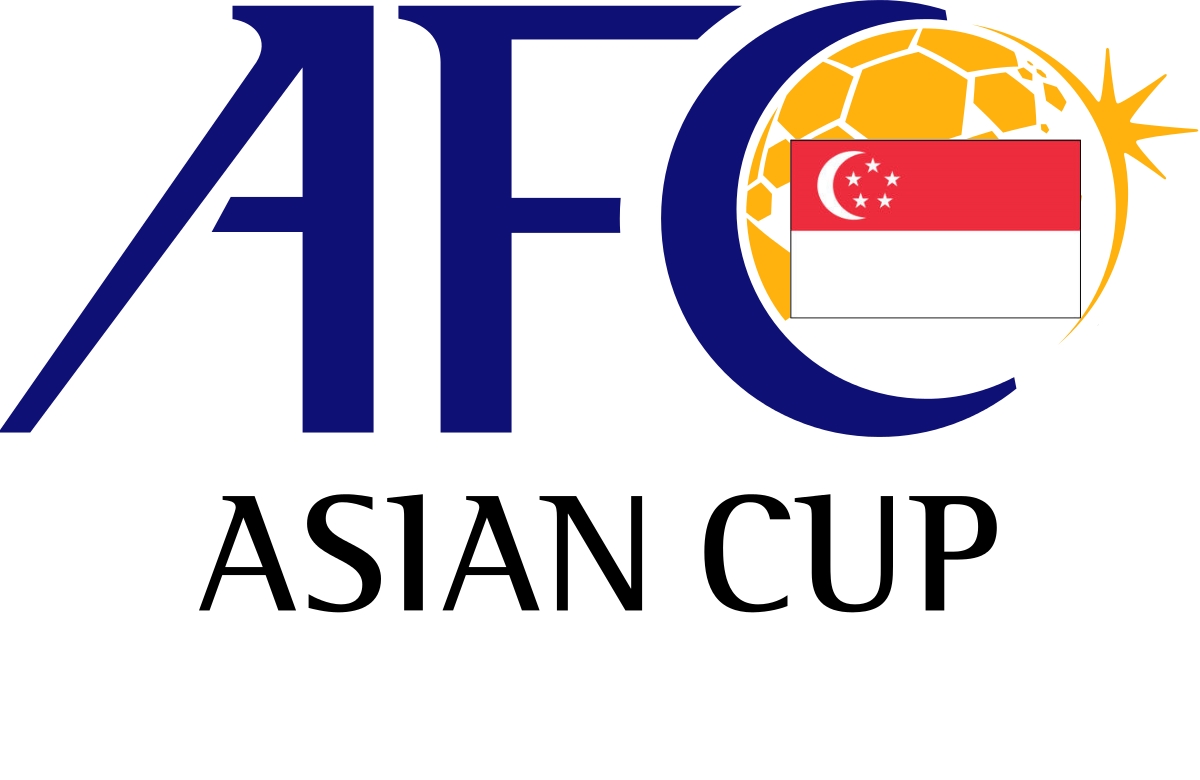
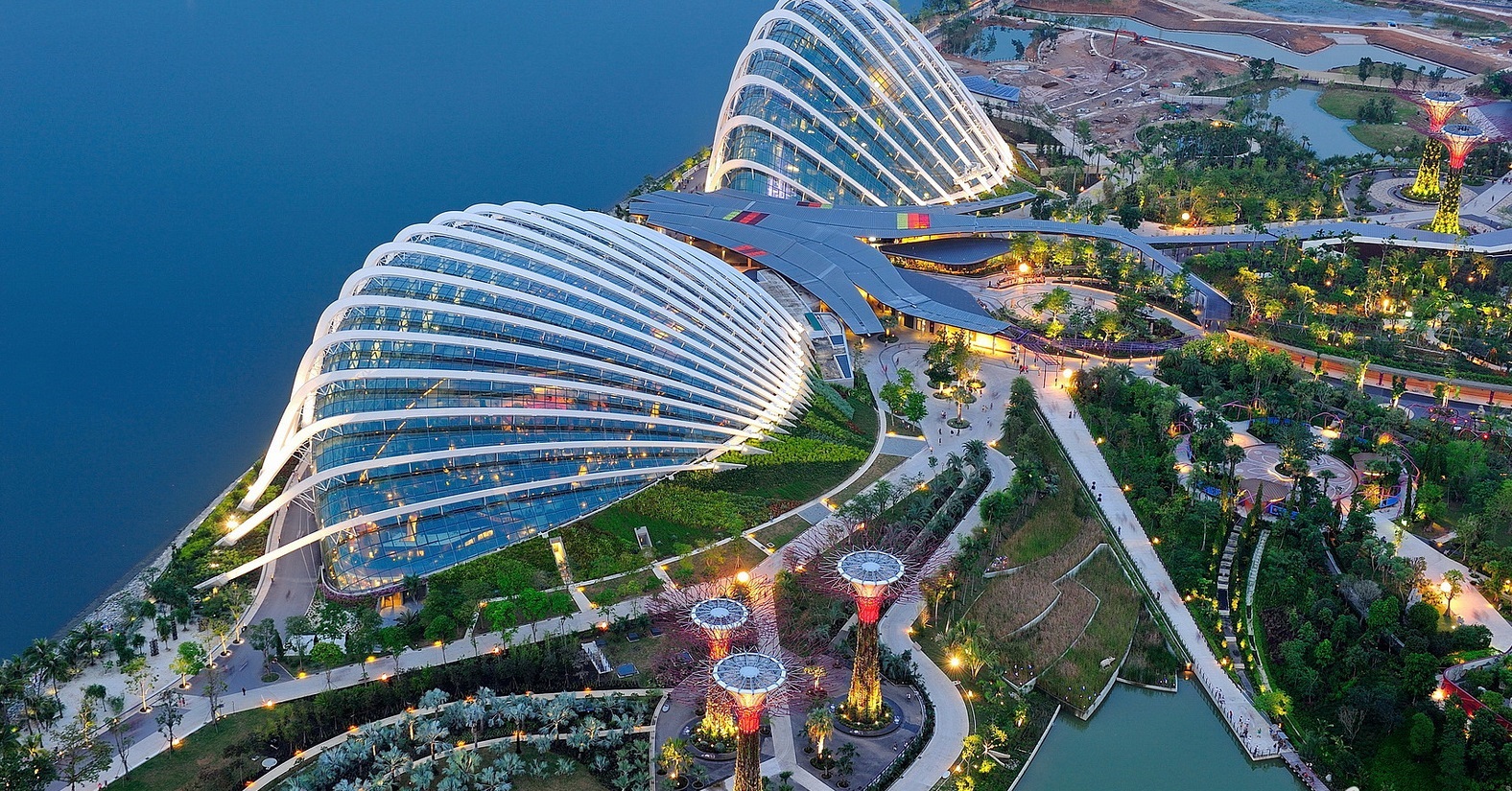
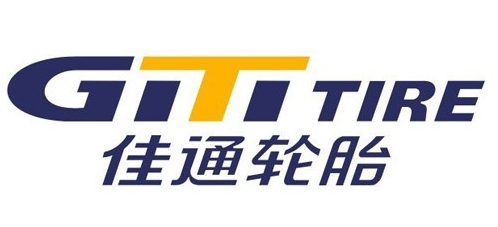
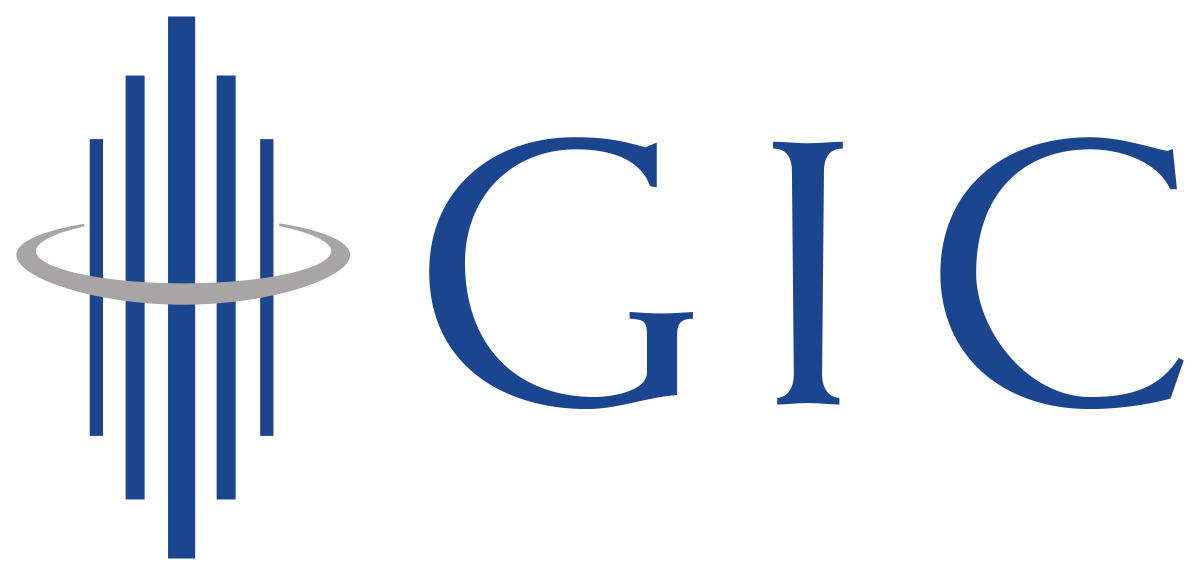
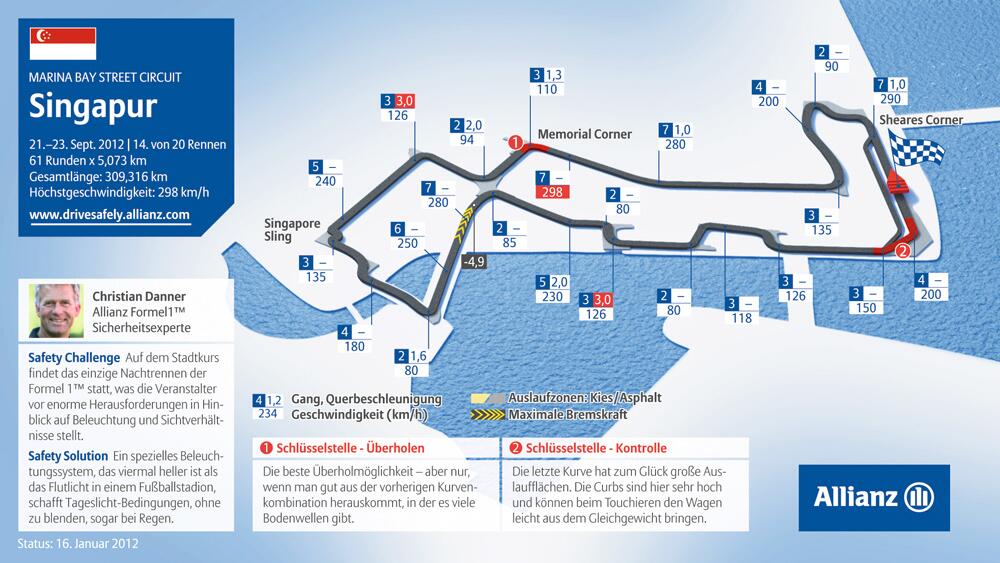

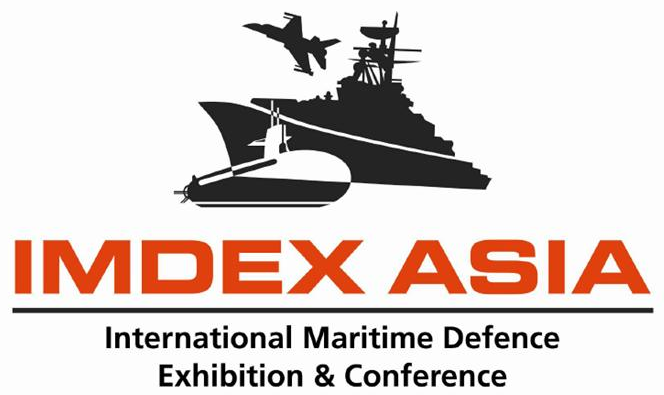
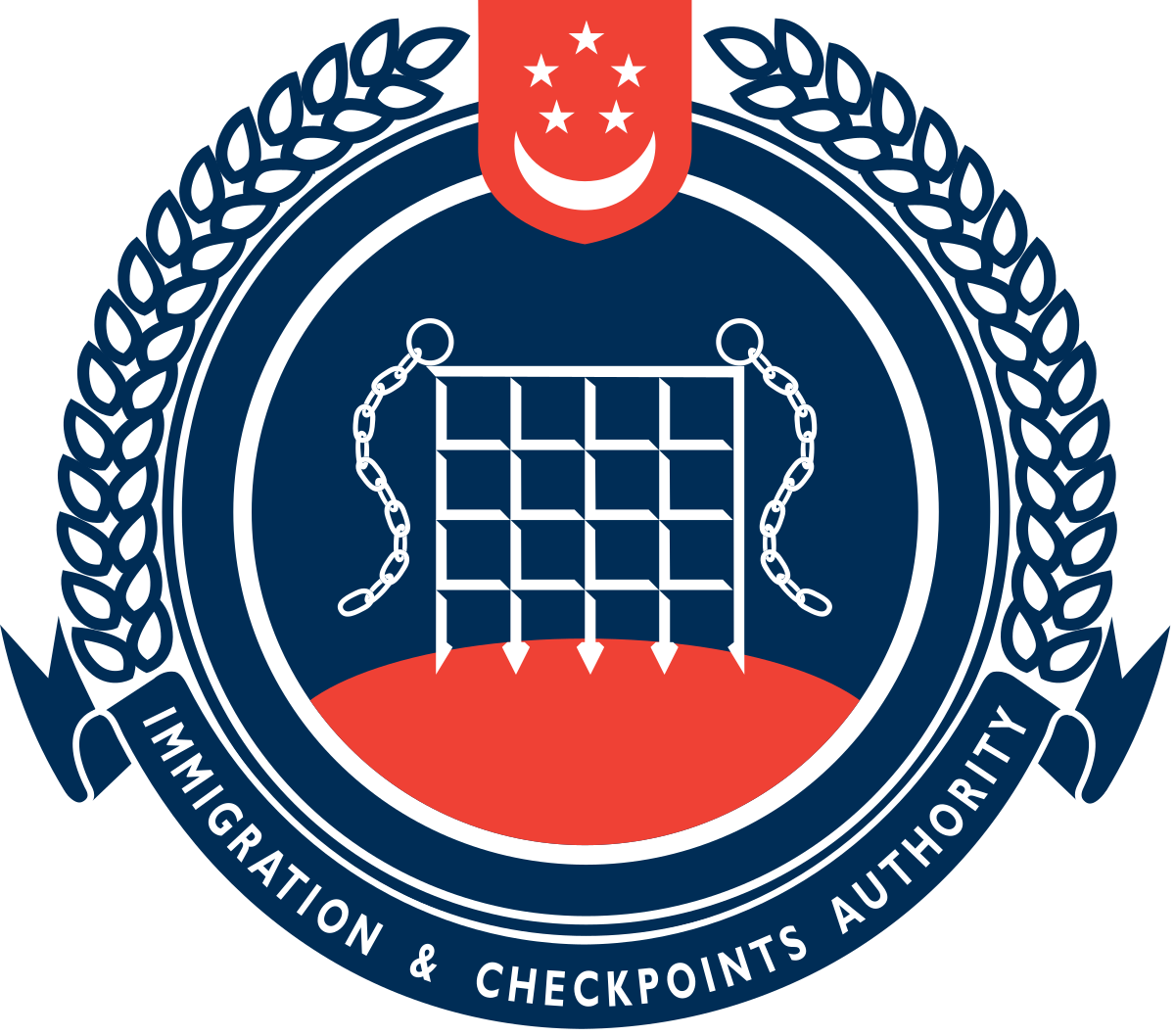

新加坡岛(英语:Singapore Island)是东南亚岛国新加坡共和国的主岛,长宽约50公里乘以26公里,面积约710平方公里。新加坡岛位于马来半岛南端,毗邻马六甲海峡南口,南隔新加坡海峡与印尼廖内群岛相望,北有柔佛海峡与马来半岛相隔。
Die Singapur-Insel (englisch: Singapore Island) ist die Hauptinsel der Republik Singapur, eines Inselstaates in Südostasien, mit einer Länge und Breite von etwa 50 mal 26 Kilometern und einer Fläche von etwa 710 Quadratkilometern. Die an der Südspitze der Malaiischen Halbinsel gelegene Singapur-Insel grenzt an die südliche Mündung der Straße von Malakka und ist im Süden durch die Straße von Singapur von den Riau-Inseln in Indonesien und im Norden durch die Straße von Johor von der Malaiischen Halbinsel getrennt.
 Companies
Companies
 Motorsport
Motorsport

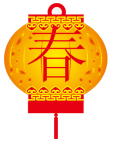 Spring Festival
Spring Festival
 Architecture
Architecture

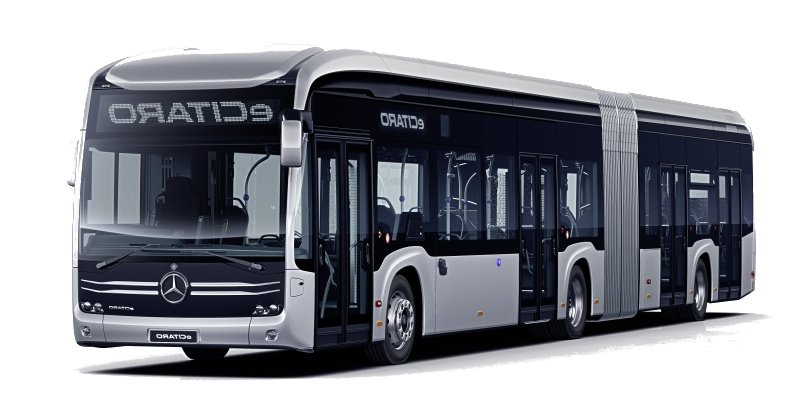
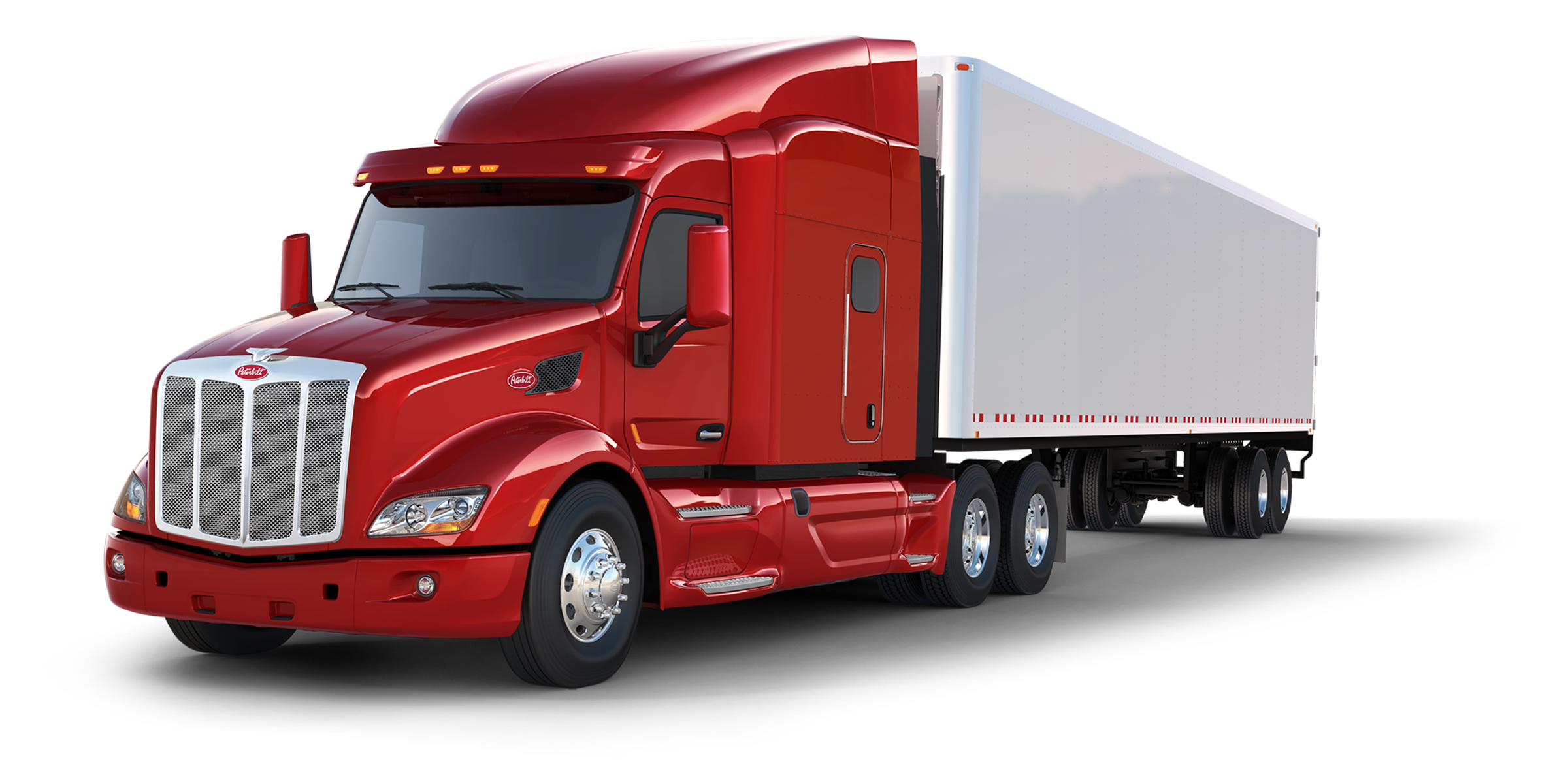 Automobile
Automobile
 Financial
Financial
 Exhibition
Exhibition



 Military, defense and equipment
Military, defense and equipment
 Party and government
Party and government
 Hand in Hand
Hand in Hand
 Geography
Geography